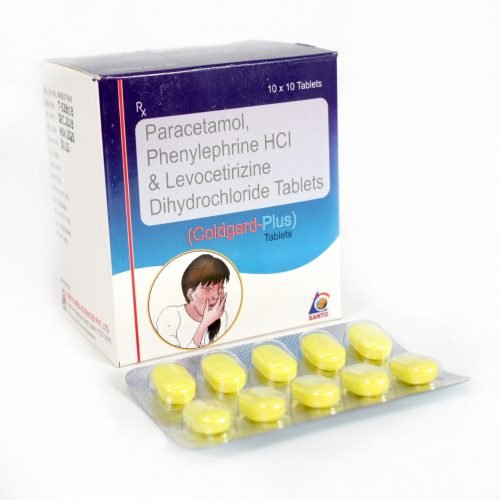- 01792-220191, 09839141955, 06390845955
- SCO No. 2 & 3, Block-B;Office No.-249A; 2nd Floor, Motia Plaza Baddi-173205; Distt. Solan (H.P.)

DIPAMLO-AT
September 19, 2019
DIVERGE -8
September 19, 2019DIVERGE -16
| Brad Name | Diverge-16 |
| Composition | Betahistine 16 mg Tablets |
Betahistine 16 mg
Diverge 16 (Betahistine) has a very strong affinity as an antagonist for histamineH3 receptors and a weak affinity as an agonist for histamine H1 receptors. Taken together these properties contribute to its therapeutic benefits in Ménière’s syndrome. Ménière’s syndrome is characterised by attach of vertigo, tinnitus, nausea, headache, hearing loss. The efficacy of betahistine may be due to its ability to modify the circulation of the inner ear or due to a direct effect on neurons of the vestibular nucleus.
Indications
- Vertigo
- Meniere’s syndrome
- Dizziness
- Tinnitus
- Nausea
- Headache accompanied by loss of hearing symptomatic
- Vestibular vertigo
Dosage
Adults (including the elderly) Initially 16mg three times daily, taken preferably with meals. Maintenance doses are generally in the range 24-48mg daily.
Contraindications
Betahistine is contraindicated in patients with phaeochromocytoma. As betahistine is a synthetic analogue of histamine it may induce the release of catecholamines from the tumor resulting in severe hypertension.
Precautions
- Betahistine is considered to be unsafe in patients with porphyria
- It should be administered with caution to patients with bronchial asthma or a history of peptic ulcer.
- It is not recommended for use in children.
- Patients with rare hereditary problems of galactose intolerance, the Lapp lactase deficiency or glucose-galactose malabsorption should not take this medicine.
- This medication should be used only when clearly needed during pregnancy. Discuss the risks and benefits with your doctor.
Side effects
Headache, heartburn, indigestion, nausea, stomach upset, vomiting, itching, rash and signs of a serious allergic reaction (e.g; swelling of face or throat, hives or difficulty in breathing)..
Drug interaction
- There are no proven cases of hazardous interactions. No in-vivo interaction studies have been performed. Based on in-vitrodata, no in-vivo inhibition on Cytochrome P450 enzymes is expected.
- In vitro data indicate an inhibition of betahistine metabolism by drugs that inhibit monoamino-oxidase (MAO) including MAO subtype B (e.g. selegiline). Caution is recommended when using betahistine and MAO inhibitors (including MAO-B selective) concomitantly.
- Although an antagonism between Betahistine and antihistamines could be expected on a theoretical basis, no such interactions have been reported.
- There is a case report of an interaction with ethanol and a compound containing pyrimethamine with dapsone and another of potentiation of betahistine with salbutamol.
- Betahistine is a histamine analogue, concurrent administration of H1 antagonists may cause a mutual attenuation of effect of the active agents.






